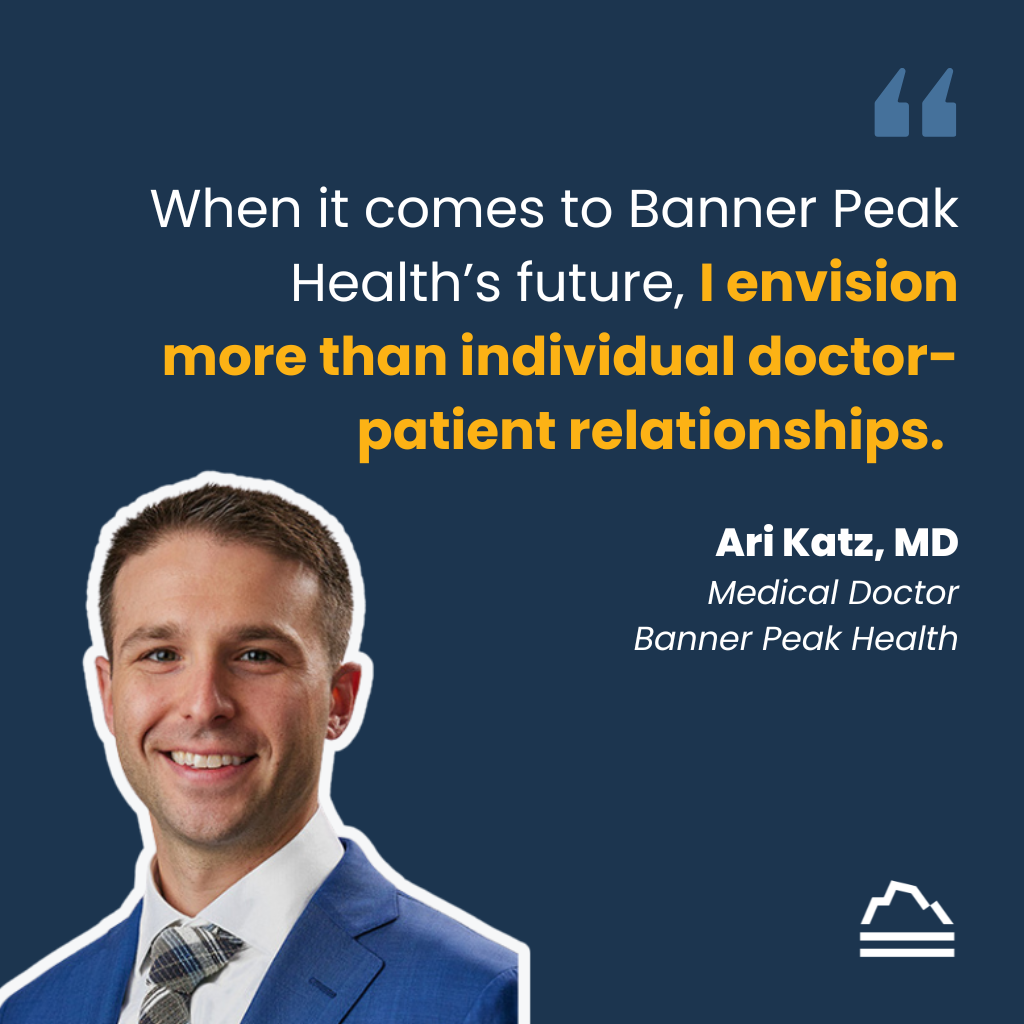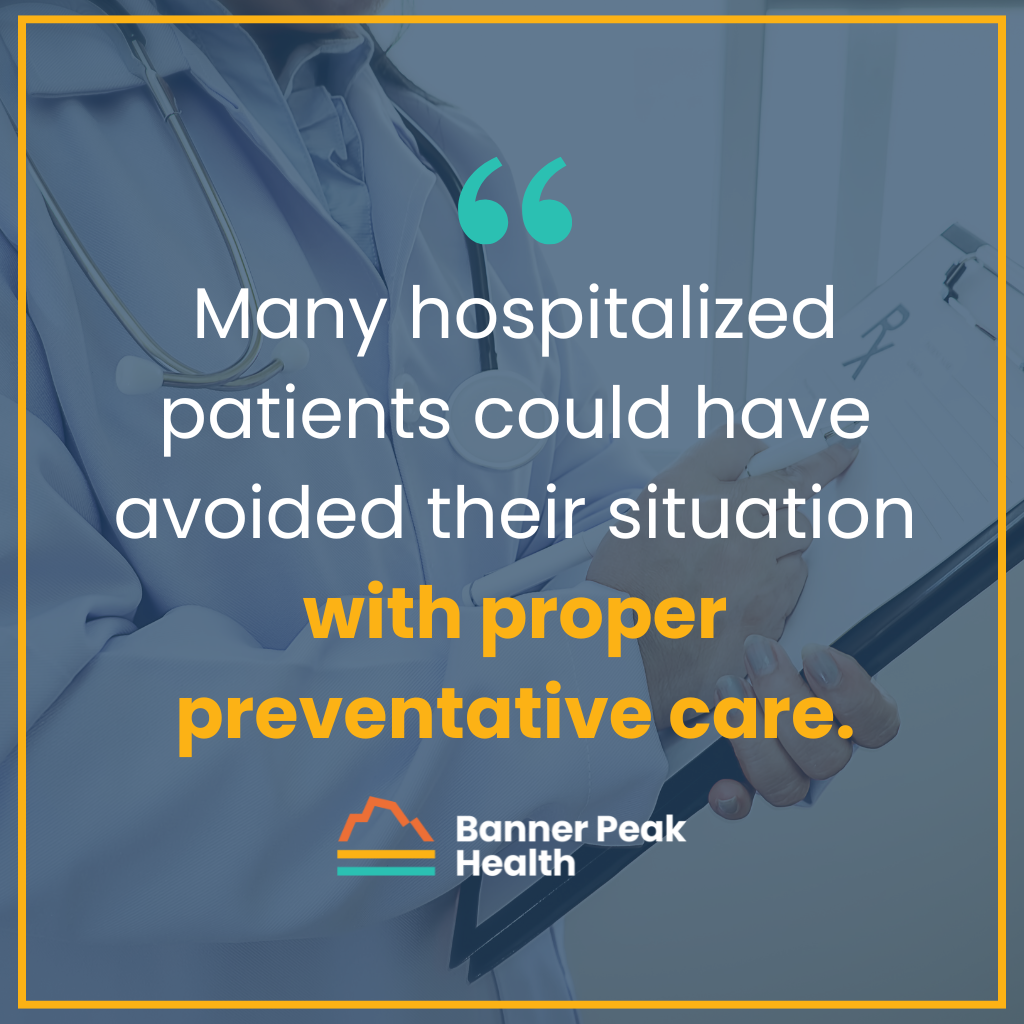After completing my medical training, I had a clear vision: to connect with patients on a personal level and develop lasting relationships based on trust. I wanted to practice medicine the way I was trained to.
Looking at the healthcare landscape as a newly minted internal medicine doctor, I faced a choice: I could work at a hospital, or I could enter traditional primary care.
The latter system contradicted my values. The model pushed doctors to see as many patients as possible in 15-minute visits — complex health issues squeezed into inadequate time slots.
This approach felt like a disservice to both my patients and myself.
Building Clinical Expertise
I went with the first option. I spent five years as a hospitalist at Northwestern, caring for 15–20 patients a day with complex and often critical conditions.
Those years proved invaluable. I honed my clinical skills, gained extensive experience, and worked alongside specialists in a multidisciplinary environment. I valued the collaborative approach and the immediate impact of caring for critically ill patients.
I noticed that many hospitalized patients could have avoided their situation with proper preventative care. If I had met them five or ten years earlier, perhaps they wouldn’t be in the hospital at all.
During this time, I cared for several patients who belonged to concierge practices. Through them, I met physicians practicing concierge medicine, which aligned with my training and beliefs.
These connections became the bridge to my current practice.
The Move to Banner Peak Health
Both personal and professional factors drove my transition to Banner Peak Health.
On the personal side, after my third son was born, my wife and I reassessed our priorities. We wanted to be closer to our extended families, and we wanted to move to an area where we could more easily participate in activities we love — hiking, biking, and camping — and share those activities with our boys.
Professionally, I was struck by Banner Peak Health’s embodiment of what Dr. Rotman and I call “concierge medicine 2.0.” Traditional concierge medicine (version 1.0) offers excellent medical care, strong community connections, and superior service.
Banner Peak delivers all that, plus the integration of cutting-edge innovations and technologies. It’s a collaborative environment where physicians eagerly learn from each other. We evaluate new technologies, test them ourselves, and help patients implement beneficial solutions.
Another distinction: patient panel size. At my previous practice, I had as many as 440 patients. At Banner Peak, my maximum will be 250. This smaller panel allows me to dive deeper with each patient, discussing nutrition, microbiome, exercise optimization, and more.
The Four Pillars in Real Life
I emphasize four pillars of wellness with my patients: nutrition, exercise, sleep, and stress management. I don’t claim to be perfect in any of these areas, especially after moving across the country with three young children!
Sleep, for instance, is a variable equation with a nine-month-old. Nutrition remains more consistent because I can control what I eat regardless of time constraints.
And when it comes to exercise, I recommend “exercise snacks” for busy patients with young families — short bursts of activity throughout the day. This might mean doing lunges while carrying your toddler, sets of pushups or pullups before a shower, or fitting in wall sits during phone calls. I also try to ride my bike to work most days of the week.
The goal isn’t perfection but consistent effort toward improvement.
Technology as a Health Partner
I’m particularly excited about continuous glucose monitors (CGMs) like Stelo. These devices — once available only by prescription for diabetics — now provide valuable feedback to anyone interested in optimizing their metabolism.
CGMs create powerful input-output feedback loops. Patients see what four slices of pizza do to their blood sugar in real time. Next time, they might choose two slices instead, or they might take a walk after eating to mitigate the spike.
This immediate feedback helps patients understand how their bodies respond to different inputs and outputs, creating accountability that drives positive change.
The Future of Concierge Medicine 2.0
Dedicated time with a physician can fundamentally change a patient’s day-to-day experience. I find profound professional satisfaction in that. Knowing I’ve helped someone make lasting changes that’ll improve their health for years or decades is one of medicine’s greatest rewards.
Beyond individual care, I envision creating a community of like-minded people engaged in health-promoting behaviors. Banner Peak Health builds health partnerships that change lives through personalized preventative care and community support.
When it comes to Banner Peak Health’s future, I envision more than individual doctor-patient relationships. I see a community where like-minded people support each other’s health journeys. This community approach amplifies the benefits of personalized care, as patients connect, share experiences, and motivate each other toward better health outcomes.
I’m excited to be a part of it.


Ari Katz, MD
Dr. Katz has dedicated himself to preventative medicine and building meaningful patient relationships. He joined Banner Peak Health as a concierge physician to provide the personalized, comprehensive care that allows him to focus on his four pillars of wellness and help patients achieve their optimal health.




